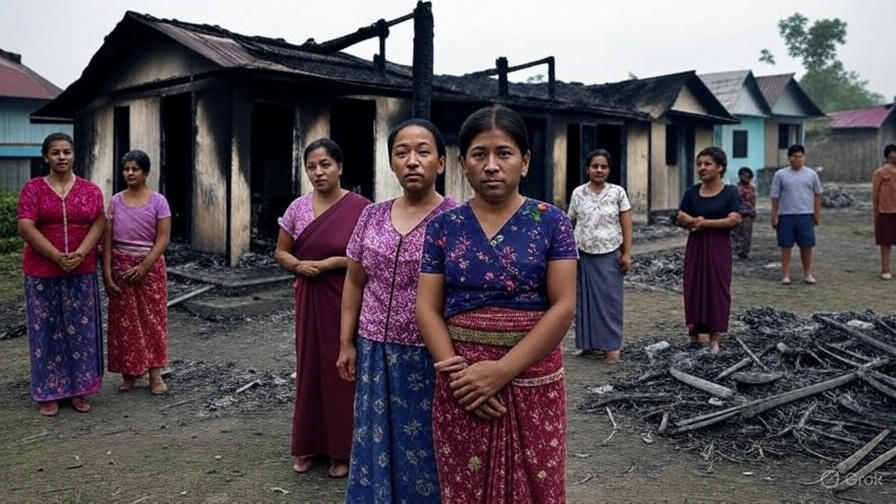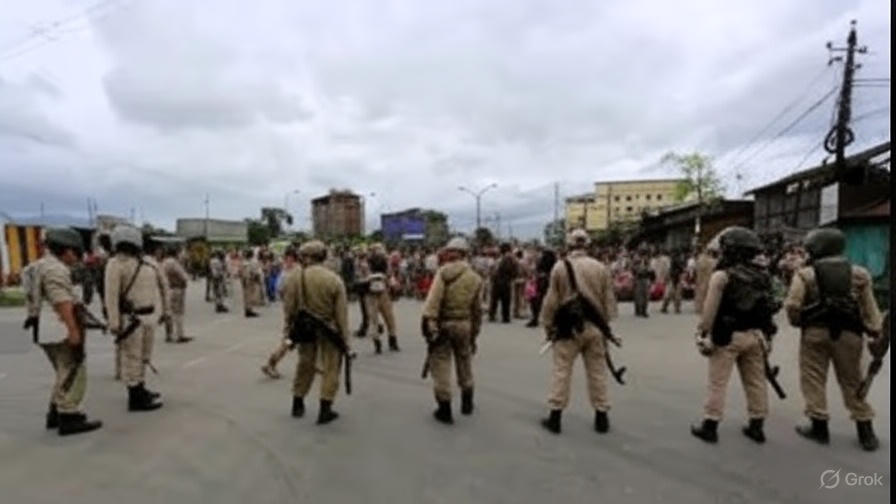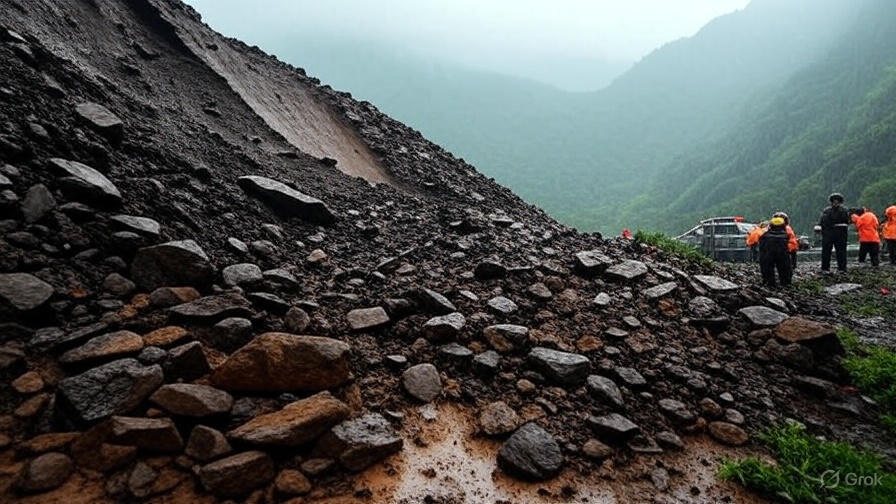Manipur Violence: A Deep Dive into Causes, Conflict, and the Path to Peace
Manipur violence has become a defining and tragic chapter in India’s recent history. What began as a protest in May 2023 has spiraled into a prolonged ethnic conflict between the Meitei community, primarily in the Imphal Valley, and the Kuki-Zo tribes from the surrounding hills. This isn’t just a story of clashing communities; it’s a complex web of historical grievances, political failures, and immense human suffering. A recent report by the People’s Union for Civil Liberties (PUCL) has stirred significant controversy by calling the violence “not spontaneous but planned,” a claim strongly rejected by Meitei groups. This article breaks down everything you need to understand about this ongoing crisis, from its deep roots to its potential solutions.
What is Happening in Manipur? The Story So Far
For over a year, the northeastern Indian state of Manipur has been engulfed in a brutal cycle of violence. The conflict primarily pits the majority Meitei community against the minority Kuki-Zo tribal group. The toll has been devastating: over 200 lives lost, more than 60,000 people displaced from their homes, and countless villages and churches burned to the ground.
The state is now effectively divided – the Meiteis control the valley areas, including the capital city Imphal, while the Kukis have retreated to the hill districts. Between them, a buffer zone manned by the Indian army and paramilitary forces stands as a stark symbol of the deep divide. The situation remains tense, with sporadic violence erupting despite the heavy security presence. Understanding how this happened requires us to look back at Manipur’s unique history.
The Historical Roots of the Conflict in Manipur
The current Manipur violence did not appear out of thin air. It is the result of decades, even centuries, of simmering tension between the communities living in the valley and those in the hills.
Manipur’s geography is split. The fertile Imphal Valley makes up only about 10% of the land but is home to the majority Meitei population (approximately 53%). The surrounding hills, which constitute 90% of the area, are home to various tribal groups, including the Naga and Kuki-Zo people, who account for around 40% of the population.
Historically, the British colonial administration deepened this divide with a “divide and rule” policy, governing the hills and the valley separately. After India’s independence, this separation continued in many ways. The hill tribes were granted special protections under the Indian constitution, including laws that prevent outsiders from buying their land. The valley dwellers did not have these same protections.
This created a situation where the Meiteis, despite being the majority and holding significant political power, feel economically and culturally constrained within the small valley. Meanwhile, the tribal communities fear that the Meiteis want to take over their ancestral lands in the hills and erase their unique identity and protections. This deep-seated fear and mistrust are the fuel that ignited the current flames.
The Immediate Trigger: Why Did the Violence Start in May 2023?
While the historical background set the stage, a specific event acted as the trigger. On March 27, 2023, the Manipur High Court made a recommendation that sent shockwaves through the state. The court advised the state government to consider granting Scheduled Tribe (ST) status to the Meitei community.
For the Meiteis, this was a long-standing demand. They argued it would allow them to preserve their culture, access benefits like government jobs and education, and buy land in the hill areas, thus overcoming their feeling of being “caged” in the valley.
For the Kuki and Naga tribes, this was an alarming prospect. They saw it as a land grab in disguise. They believed that if the numerically and politically stronger Meiteis were granted ST status, they would quickly buy up land in the hills, overwhelm the tribal population, and ultimately dilute their political voice and cultural autonomy.
Tensions built up throughout April 2023. On May 3, a “Tribal Solidarity March” was organized in the hill districts to protest against the Meitei demand for ST status. This protest quickly turned violent, leading to clashes between tribal groups and Meitei mobs. Houses and churches were burned, and very quickly, the violence spread across the state like wildfire, leading to the horrific situation we see today.

The Human Cost: Stories from the Ground
Beyond the numbers of casualties and displacements, the Manipur violence has a devastating human face. Families have been torn apart. People who lived as neighbors for generations suddenly turned against each other. The stories emerging from the conflict zones are heartbreaking.
- Internal Displacement: Over 60,000 people are living in makeshift relief camps, often in terrible conditions. These are not just numbers; they are students who lost their schools, farmers who lost their fields, and elderly people who lost the homes they built over a lifetime.
- Loss of Life and Livelihood: The violence has claimed lives from both communities, leaving behind grieving families. Beyond the killings, the economic destruction has been immense. Markets have been destroyed, and livelihoods have been shattered.
- Psychological Trauma: The constant fear, the loss of loved ones, and the experience of violence have left deep psychological scars on the population, especially children. The mental health crisis in Manipur is a silent epidemic.
The PUCL Tribunal Report: Key Findings and Explosive Claims
In an attempt to document what happened, the prominent civil rights organization PUCL (People’s Union for Civil Liberties) set up an independent people’s tribunal. This tribunal, led by a former Supreme Court judge, listened to hundreds of testimonies from victims and experts.
Their report, released recently, made several bold and controversial claims:
- The Violence Was “Planned”: The most explosive conclusion was that the violence was not a spontaneous outburst but “planned, ethnically targeted, and facilitated by state failures.” This suggests a level of organization and intent behind the clashes.
- State Complicity: The report accused the state government, then led by Chief Minister N. Biren Singh, of being biased and failing to protect its citizens. It pointed to instances where police were allegedly inactive or even complicit in the violence.
- Weaponization of Narratives: The report stated that narratives like labeling all Kukis as “illegal immigrants” or “narco-terrorists” were exaggerated and politically weaponized to justify the violence against them.
- Serious Human Rights Violations: The tribunal documented cases of killings, sexual violence, and arson on a massive scale, criticizing the slow and biased judicial process in addressing these crimes.
You can read more about the findings of such reports on platforms like The Indian Express cting the Report
The PUCL report has been met with fierce criticism and rejection from Meitei civil society organizations, most notably the Coordinating Committee on Manipur Integrity (COCOMI). They have slammed the report as “biased, misleading, and politically engineered.”
Their main arguments against the report are:
- One-Sided Narrative: COCOMI claims the report only tells the Kuki community’s story and completely ignores the suffering and attacks faced by the Meitei people. They argue it paints the Meiteis solely as aggressors, which they vehemently deny.
- Ignoring Kuki Militancy: They accuse the report of whitewashing the role of armed Kuki militant groups in the violence, claiming these groups attacked Meitei villages first.
- Undermining State Integrity: Many Meiteis see the report as supporting the Kuki demand for a separate administration, which they view as a threat to Manipur’s territorial integrity.
This strong rejection highlights how deep the divide is, extending even to the interpretation of facts and events. It shows that the path to reconciliation is not just about stopping the violence but also about finding a common truth.
The Way Forward: Is Peace Possible in Manipur?
Finding a solution to the Manipur violence is incredibly difficult, but not impossible. It requires a multi-layered approach:
- Humanitarian Aid: The immediate priority must be to provide proper care and support for the tens of thousands living in displacement camps. They need security, food, shelter, and medical care.
- Accountability and Justice: There must be a credible and impartial investigation into the violence. Perpetrators from all sides must be brought to justice. This is crucial for healing and preventing future cycles of revenge.
- Political Dialogue: The central and state governments must initiate sincere dialogue with representatives from all communities. The talks must address core issues like land rights, political representation, and economic development without favoring any one group.
- Community Reconciliation: Long-term peace requires healing the deep social wounds. This means encouraging people-to-people contact, peace initiatives, and processes that help communities rebuild trust.
A Call for Understanding and Peace
The Manipur violence is a tragic reminder of how historical neglect, political opportunism, and social media-driven hate can combine to explode into devastating conflict. It’s not a simple story of good versus evil. There are victims and perpetrators on all sides.
The PUCL report, despite its controversies, adds a crucial layer of documentation to this tragedy. While its findings are disputed, it underscores the urgent need for an impartial investigation and a political solution that addresses the legitimate fears and aspirations of both the Meitei and Kuki-Zo communities.
The people of Manipur deserve peace, security, and the chance to rebuild their lives. It will take courage, compromise, and a firm commitment to justice from all sides to end this painful chapter and write a new one based on coexistence and mutual respect.




